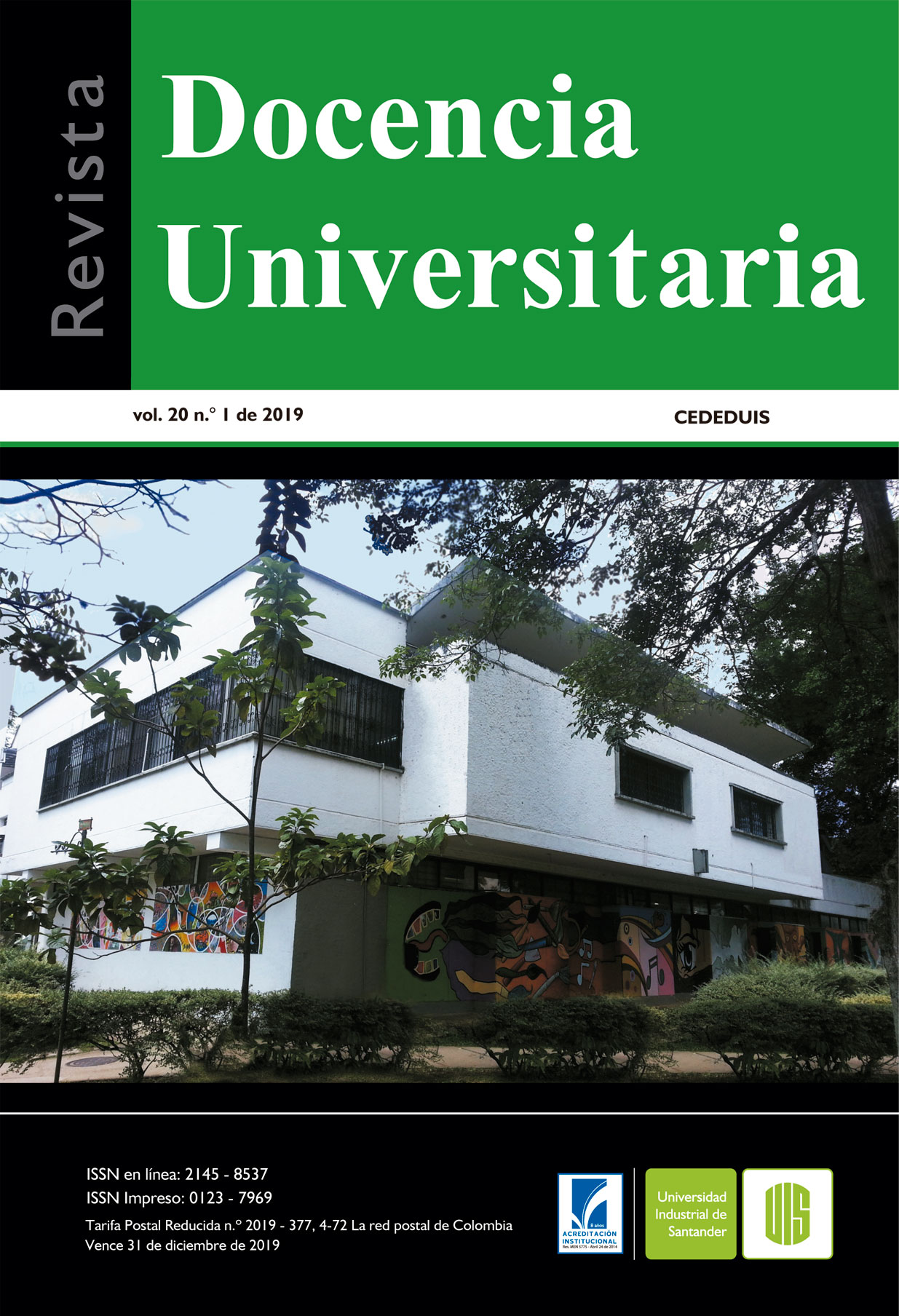The machista formation in the art academy: paternal lineages, stereotypes and academic negations
Published 2019-06-28
Keywords
- art,
- academia,
- teaching,
- sexism,
- female stereotypes
- paternal lineage ...More
How to Cite
Abstract
Abstract:The teaching of the female’s drawing figure in art academies was and still is, in many of them, based on the patriarchal vision that provides the woman reclining or sitting on a surface, as an object to be looked at, measured and copied. Along with this basic component of doing, the foundation of history and the theory of art have been based on a vision of paternal lineage whose reference is the great male geniuses of art history and aesthetic philosophy. The aim of this article is to reflect on the way in which a macho model has been implemented in artistic training, which could even occur in other areas of knowledge It also has the purpose of inviting to think methodologies with respect to the approaches to the body and to the woman as subject, deeply exploring its possibility or not to participate actively in art history and academia. We review some first line authors who have taken up the subject, we have assimilated them to close experiences in some art academies and we propose a reflection for artistic formation.
Downloads
References
Berger, J. (2008). Ways of seeing. London: Penguin.
Cassat, M. (1880). El té de las cinco [Pintura]. Boston: Museum of Fine Arts. Recuperado de https://www.mfa.org/collections/ object/the-tea-32829
Gentileschi, A. (1610). Susana y los viejos [Pintura]. Alemania: Castillo de Weissenstein. Recuperado de https://historia-arte. com/obras/susana-y-los-viejos-de-artemisia-gentileschi
Guerrilla Girls. (1989a). Do women have to be naked to be into the Met Museum? [Poster]. Recuperado de http://www.rtve.es/ television/20150316/guerrilla-girls/1116380.shtml
Guerrilla Girls. (1989b). When racism and sexism are no loger fashionable, what will your art collection be worth? [Poster]. Recuperado, de https://www.tate.org.uk/art/artworks/guerrillagirls-when-racism-and-sexism-are-no-longer-fashionable-howmuch-will-your-art-p78791
Haraway, D. (1988). Situated knowledges: the science questions in feminism and the priviledge of partial perspective. Feminist studies, 14(3), 575-599.
Junca, H. (diciembre, 2005). Obras Saloneras, gigantescas y vacías. Esgrima con machete. Arcadia, (3).
Lozano, R. (2010). Prácticas culturales a-normales. Un ensayo altermundializador. México D. F.: Universidad Nacional Autónoma de México.
Manet, E. (1882). A bar at the Follies-Bergere [Pintura]. Londres: Courtauld Institute Galleries. Recuperado de https://courtauld. ac.uk/gallery/collection/impressionism-post-impressionism/ edouard-manet-a-bar-at-the-folies
Mayayo, P. (2015). Historias de Mujeres, Historias del arte. Madrid: Cátedra.
Nochlin, L. (2007). ¿Por qué no han existido grandes artistas mujeres? En Cordero, K. & Saenz, I. (Comps.). Crítica feminista en la teoría e historia del arte. México D. F.: Universidad Iberoamericana.
Perris, E. (1890). Salomé [Pintura]. Recuperado de https://www. artrenewal.org/Artwork/Index/6209
Pollock, G. (2007a). Modernidad y espacios de la femineidad. En Cordero, K & Sáenz, I. (comps.). Crítica feminista en la teoría e historia del arte. México, D.F.: Universidad Iberoamericana.
Pollock, G. (2007b). Visión, Voz y Poder: historias feministas del arte y marxismo. En Cordero, K. & Saenz, I. (Comps.). Crítica feminista en la teoría e historia del arte. México D. F.: Universidad Iberoamericana.
Schor, M. (2007a). Autoridad y aprendizaje. En Cordero, K. & Sáenz, I. (comps.). Crítica feminista en la teoría e historia del arte. México, D.F.: Universidad Iberoamericana.
Schor, M. (2007b). Linaje Paterno. En Cordero, K. & Sáenz, I. (comps.). Crítica feminista en la teoría e historia del arte. México, D.F.: Universidad Iberoamericana.
Universidad Nacional de Colombia. (s.f.). Proyecto Educativo del Programa Artes Plásticas, sede Bogotá. Recuperado de http:// www.pregrado.unal.edu.co/docs/pep/pep_2_47.pdf
Vigée, M. (1782). Autorretrato en sombrero de paja [Pintura]. Galería Nacional de Londres. Recuperado de https://www. nationalgallery.org.uk/paintings/elisabeth-louise-vigee-lebrun-self-portrait-in-a-straw-hat
Wearin, G. (2015). Exposición Gilliam Wearing. Valencia, España: Instituto Valenciano de Arte Moderno.
Zoffany, J. (1772). Los académicos de la Real Academia [Pintura]. Windsor: Royal Collection. Recuperado de https://www. pintherest.eu/royal-society-puts-its-historical-archive-onlinedaily.html

